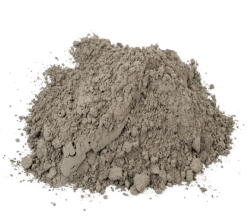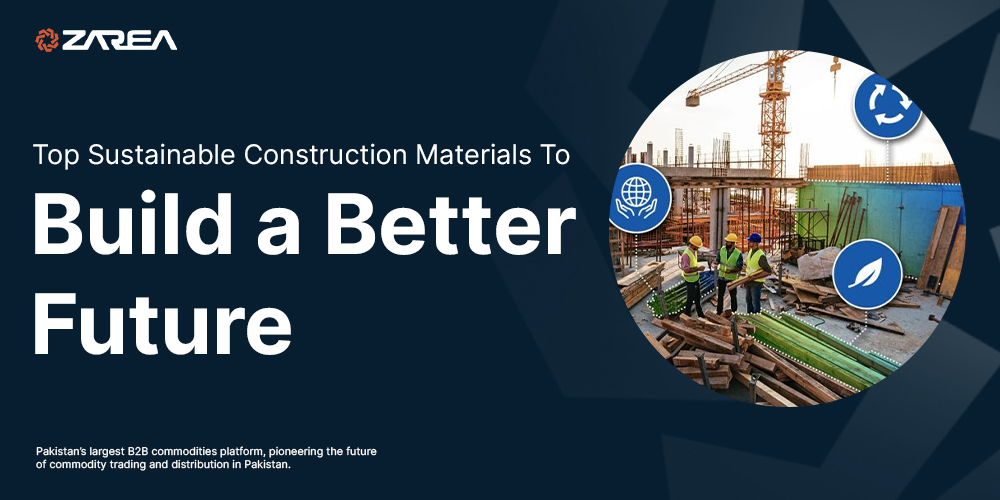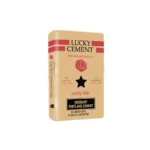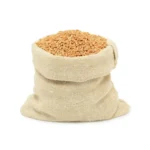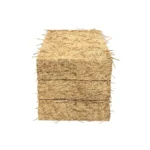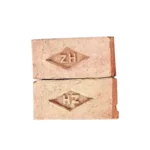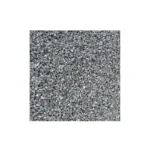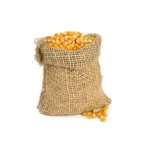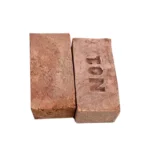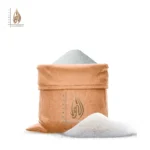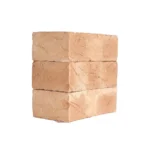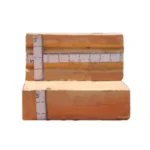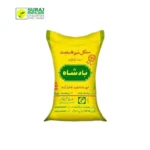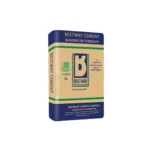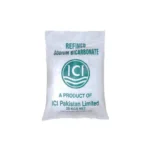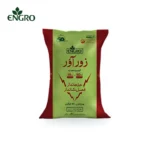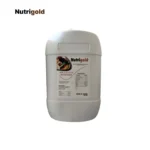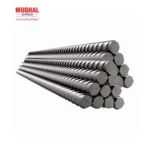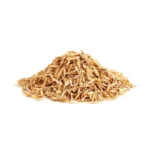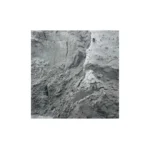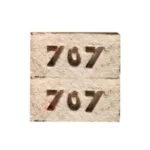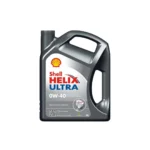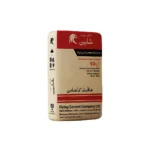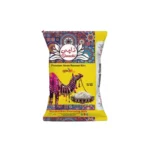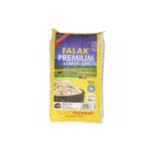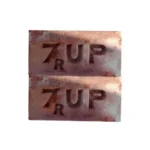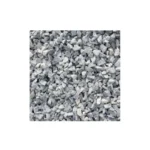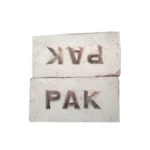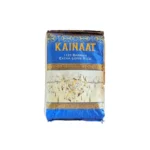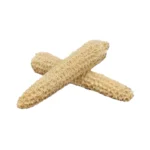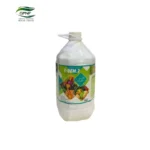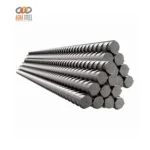To combat climate change, everyone, including the world’s builders, must work together. Traditionally, contractors were concerned with structural integrity and compliance with building codes. Now, they must also adhere to sustainable construction materials requirements.
Innovative new processes and technology are necessary to make the construction industry more eco-friendly. What should astute contractors do to reduce their environmental impact? They might begin by contemplating the usage of one of the ten most sustainable building materials.
Cross-Laminated Wood
Cross-laminated wood used for a house’s ceiling. When raw materials leave the planet, sustainability starts. Although timber involves the felling of several trees, this renewable resource may be preserved via the use of the appropriate procedures.
For instance, good regeneration procedures include initiating mulching immediately following harvest to restore the soil and guarantee that freshly planted replacement trees have the nutrients they need to grow.
This task has been simplified by technology. Specialized forest mulchers may pulverize stumps without removing them from the ground, turning them into nutrient-rich mulch for filling the remaining hole.
Cross-laminated lumber maximizes the use of this renewable resource, hence enhancing the sustainability of wood. This material is comprised of perpendicularly stacked layers of dimension timber. CLT is more durable than steel, pound per pound, since manufacturers employ hydraulic presses and glue to affix each slab.
This material possesses one more sustainability benefit. When a steel-framed structure receives substantial damage, it is frequently necessary to start from scratch by dismantling the entire structure. In contrast, workers may dismantle one portion of a CLT construction, saving significant time, energy, and resources.
Hempcrete
Farmers may now cultivate industrial hemp, a highly sustainable crop that regenerates in just over 100 days — far quicker than trees — according to the 2018 Farm Bill. In addition to being fire-resistant and easy to mix, this substance requires only lime, water, and the proper mixer.
Due to the recent legalization of the raw material, this chemical is still difficult to locate in some locations. As soon as producers acquire ready supply of hemp, however, it is predicted to gain popularity.
SPDs, PDLCs, and Electrochromic Windows
Utilizing passive solar energy is a component of eco-friendly building design. Using novel technology similar to those found in adaptable eyeglass lenses, intelligent windows enhance this strategy. They alter their hue dependent on the ambient temperature, becoming darker on warm, bright days and then transparent to enable solar heating in the winter.
In contrast to progressive eyewear, however, smart windows utilize suspended particle devices, polymer distributed liquid crystals, or electrochromic materials. The color-changing effects are caused by a chemical reaction triggered by sufficient light and heat.
Solar panels are another sort of smart window. Manufacturers anticipate that they will soon be widely available, however they are not currently commercially available.
Bamboo
Some types of bamboo grow a meter in a day. This material provides beautiful flooring and fence, which is an added bonus.
The exceptional durability of strand-woven bamboo makes it a perfect material for commercial uses. Moreover, this material is less expensive than other flooring options, which is advantageous during periods of high inflation.
Due to the polymer networks bound together by chemical linkages that cannot be broken by heat, traditional polyurethane is not recyclable. However, modern alternatives derived from plants are more sustainable.
Polyurethanes
Certain polyurethanes derived from plants are recyclable. The problem is knowing what to buy, therefore customers must ensure that the products they select are biodegradable. Other than that, it is no more sustainable than materials derived from petroleum.
Ferrock
Ferrock is a concrete-like building material that efficiently utilizes ordinary construction waste. It combines discarded steel dust from industrial operations with silica. It becomes brittle when exposed to carbon dioxide, entrapping this molecule inside and generating a carbon-neutral resource.
Traditional concrete is five times as strong as Ferrock. Due of its restricted availability, it is now unfit for large-scale projects, although being ideal for patios.
Wool from sheep
Since time immemorial, humans have utilized wool from sheep to protect their bodies. Additionally, it is a sustainable substitute for conventional insulating materials.
This air-permeable polymer serves a dual purpose, absorbing volatile organic components rather than releasing potentially hazardous substances. Price is the only disadvantage. Sheep’s wool is substantially more costly than other insulating materials with greater R-values.
A material’s resistance to heat flow is quantified by its R-value. A material with a higher R-value is more adept at keeping a constant interior temperature.
Recycled Steel
Steel is one of the most recyclable materials on the planet. In addition to its exceptional durability, it has been the material of choice for high-rise construction for decades.
Here is a measure of sustainability that may favorably impact a company’s bottom line. Donations of discarded items are compensated by scrap yards.
Recycled Rubber
Recycled materials enhance the environmental friendliness of any product. For instance, recycling four tires reduces carbon emissions equivalent to eighteen gallons of gasoline.
This material’s pliability gives it a more forgiving surface than concrete, making it an ideal surfacing option for playgrounds. When constructing new roads, granules can also be included into asphalt.
Reclaimed Wood
Wood appears first and last on this list. Reclaimed wood conserves forests by recycling and repurposing materials from demolished structures.
This information may be utilized by even the smallest do-it-yourself enthusiasts . Many hardware stores give away discarded wood pallets for free; interested people can load them up and use them to build a doghouse or a planter that hangs from the ceiling.
Sustainable construction materials
To effectively combat the climate catastrophe, sustainability demands the participation of all individuals. By selecting the appropriate materials, builders may aid this quest. This list contains the most eco-friendly building materials. The correct actions made now will result in a greener future.
To learn more about the construction industry, visit Zarea blog – the best construction blog in Pakistan. Zarea ensures that it provides high-end construction materials with unmatched quality. Our online platform’s construction materials have the best base materials prepared from the most precise methods. The companies we have onboard asserted a high manufacturing capacity. We ensure that each enlisted company has a standard compliance certificate that verifies their construction materials’ quality, quantity, and specifications. This is why you will find the construction materials at Zarea are from top-notch brands.
Now you can shop online all the high-quality construction materials in one go. Our rate list will give you insightful information that will cut the tricky market price comparison process short.
For the first time in Pakistan, Zarea is offering digital payment solutions for the online buying of construction materials. You can not only browse numerous options for construction materials at Zarea but can also get all the materials delivered to your doorstep. With the technical expertise of Zarea.pk, procurement of construction materials is no longer a complicated process. You can also compare daily construction material prices in Pakistan at Zarea
